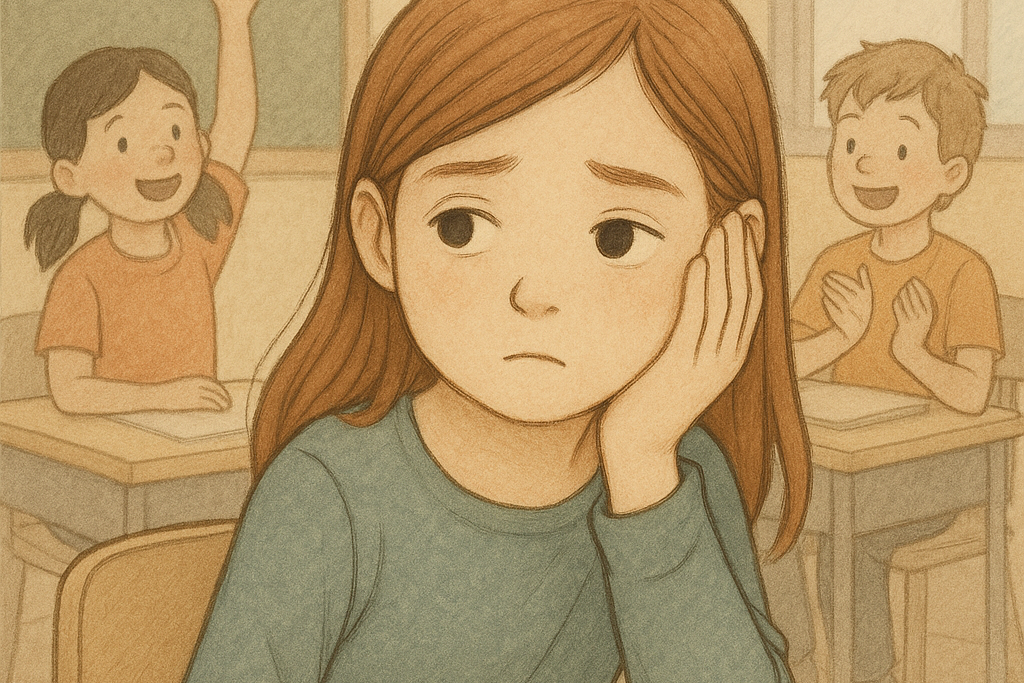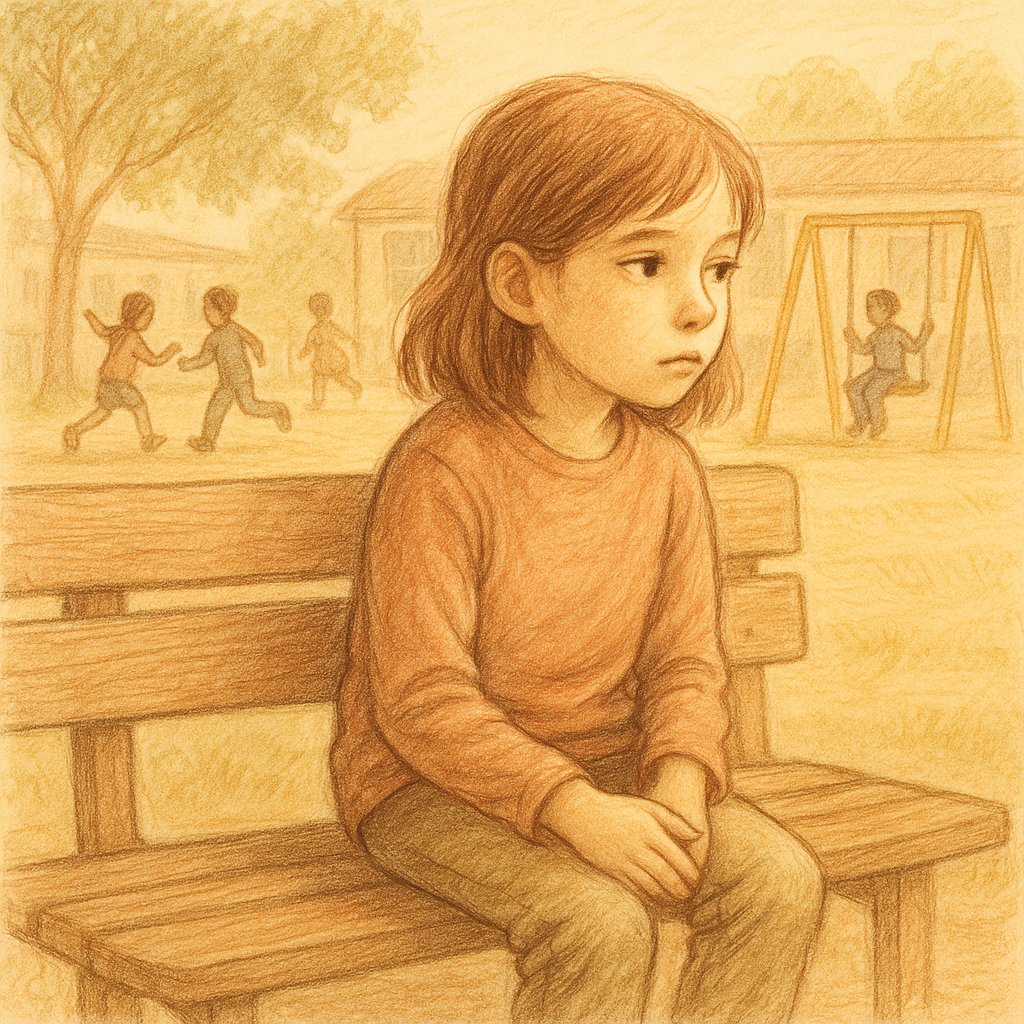Autism in girls is one of the most under-discussed topics in neurodevelopmental research. While autism spectrum disorder (ASD) is widely recognized, the way it presents in girls is often misunderstood, misdiagnosed, or entirely missed.
As a result, many girls grow up without proper support, navigating their challenges silently while conforming to social norms that don’t fit their natural neurodivergent traits.

This article explores how autism manifests differently in girls, why traditional diagnostic models may fail them, and what signs families, educators, and clinicians should pay close attention to.
Why Is Autism in Girls So Commonly Missed?
Historically, autism research and diagnostic criteria were based primarily on studies involving boys. As a result, the classic symptoms of autism—such as overt repetitive behaviors, strong adherence to routine, and difficulties with social interaction—reflect a male-centric understanding of the disorder.
Girls often exhibit these characteristics in subtler, more internalized ways. They may appear more social, empathetic, or imaginative on the surface. In reality, many are just mimicking or “masking” neurotypical behaviors, a survival strategy known as social camouflaging.
The disparity is reflected in diagnosis statistics: for every 3 to 4 boys diagnosed with autism, only 1 girl is. However, experts believe the actual rates may be much closer if diagnostic tools accounted for gender differences.
Unique Traits of Autism in Girls
Autistic girls often present with different or less obvious symptoms than boys. Their traits may not fit the textbook definitions of autism, making them harder to detect through traditional assessments.
Here are key ways autism may appear differently in girls:
- Better at Mimicking Social Behaviors: Girls tend to observe and imitate peers to blend in, even if they don’t fully grasp social cues or norms.
- Special Interests That Seem “Typical”: While boys may fixate on trains or technology, girls might develop intense fascinations with animals, books, celebrities, or fashion—subjects considered socially acceptable.
- Internalized Struggles: Rather than external meltdowns, girls may experience internal anxiety, depression, or low self-worth, which is often attributed to emotional sensitivity rather than ASD.
- Advanced Language Skills: Some autistic girls develop language skills quickly, masking deeper communication struggles such as understanding sarcasm, metaphors, or body language.
- Perfectionism: Many autistic girls push themselves to meet expectations and avoid mistakes, leading to burnout and heightened anxiety.
The Role of Social Camouflaging
Social camouflaging is when an autistic individual suppresses their natural behaviors to fit in socially. Girls, more than boys, tend to adopt this strategy from a young age.
This might involve:
- Practicing facial expressions or tone of voice at home
- Repeating phrases others use to sound socially competent
- Avoiding topics they’re passionate about to avoid ridicule
- Forcing eye contact or smiling when uncomfortable
While masking helps them avoid standing out, it comes at a steep psychological cost. It can lead to mental exhaustion, emotional shutdown, and identity confusion. Over time, undiagnosed girls may feel like they’re constantly “acting,” never truly themselves.
Overlooked Signs of Autism in Girls
To ensure early and accurate diagnosis, parents, teachers, and clinicians should watch for signs that don’t fit the usual autism profile but may still indicate a girl is on the spectrum.
Common but Overlooked Signs:
- Intense passions or interests that dominate conversations
- Sensitivity to noise, touch, textures, or lights
- Emotional meltdowns after a day of socializing
- Preference for structured, repetitive play
- Avoidance of group activities or inconsistent friendships
- Constant mimicry of others’ behavior or speech
- Trouble with transitions or unexpected changes
These behaviors are often mistaken for shyness, giftedness, or anxiety disorders, delaying proper evaluation and support.
The Cost of Late or Missed Diagnosis
Undiagnosed autism in girls frequently results in mental health struggles during adolescence and adulthood. Many experience:
- Depression and feelings of isolation
- Generalized or social anxiety
- Eating disorders like anorexia or ARFID
- Obsessive-compulsive behaviors
- Difficulty in romantic relationships
- Exhaustion from continuous masking
According to National Autistic Society, late-diagnosed women often report a profound sense of relief upon receiving a diagnosis—it validates their struggles and explains their lifelong feelings of being “different.”
However, the damage of being misunderstood for years can linger. Many women describe a lifetime of pushing themselves beyond their limits to meet societal expectations, often leading to burnout or emotional breakdowns.
Changing the Diagnostic Landscape

Progress is being made in developing gender-informed diagnostic tools. The concept of a female autism phenotype is now recognized by many clinicians and researchers. It includes characteristics like:
- High masking and mimicry
- Internalizing emotions rather than externalizing
- Co-occurring anxiety or mood disorders
- Specialized interests that align with social norms
Organizations like the Autistic Girls Network are working to train clinicians and educators to better recognize autism in girls. Observational techniques, interviews with family members, and tools like the Girls Questionnaire for Autism Spectrum Condition (GQ-ASC) are improving detection rates.
Supporting Autistic Girls at Home and School
Early diagnosis is only part of the journey. True support involves tailored environments, emotional validation, and access to resources that reflect their unique experiences.
Practical Support Strategies:
- Provide structure and predictability in routines
- Create quiet spaces to recover from sensory overload
- Encourage authentic self-expression without masking
- Use visual supports and social stories to aid transitions
- Offer mentoring programs and peer support
- Educate teachers about neurodivergent behaviors
Parents can also seek guidance through platforms like OHSE.ca and mental health-focused resources such as CAMH.
Voices of Late-Diagnosed Women
Autistic women who receive diagnoses in adulthood often describe feeling validated, but also grieve the years spent misunderstood.
One woman shared:
“I was always told I was just shy, too sensitive, or dramatic. Getting diagnosed gave me a language for everything I couldn’t explain.”
Their stories serve as powerful reminders of the importance of early, accurate diagnosis—not just for therapy access, but for a lifetime of self-understanding.
Conclusion: Recognizing Autism in Girls Matters
Autism in girls is real, yet remains overlooked in many settings. By broadening our understanding of how autism manifests, especially in females, we create space for earlier intervention, healthier development, and stronger mental well-being.
It’s not about forcing girls to fit the mold—but adjusting our lens so we can see and support them as they are. Every girl deserves to be recognized, respected, and supported.